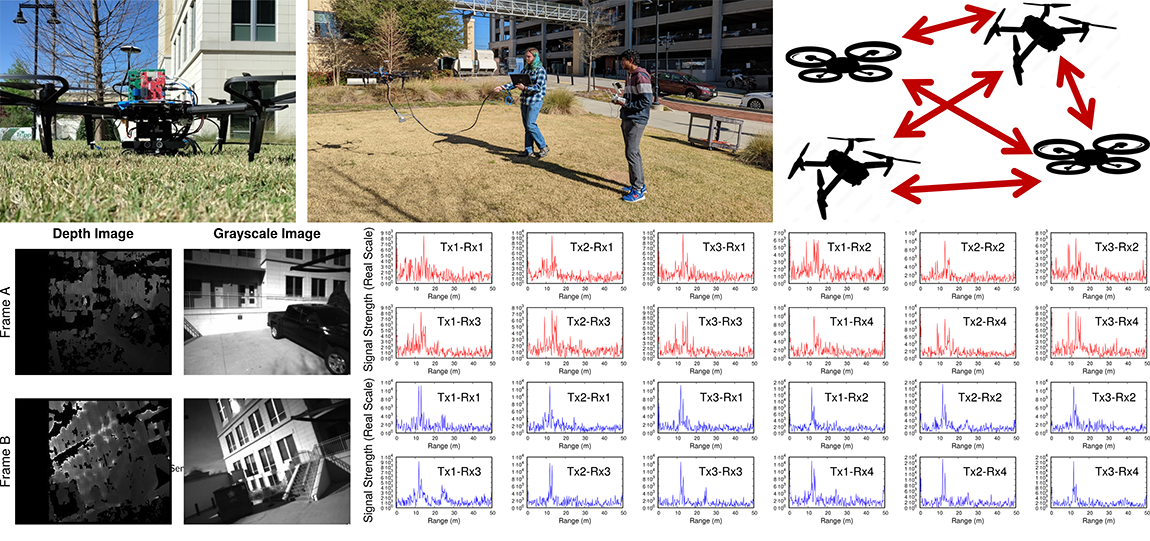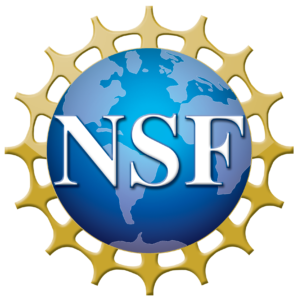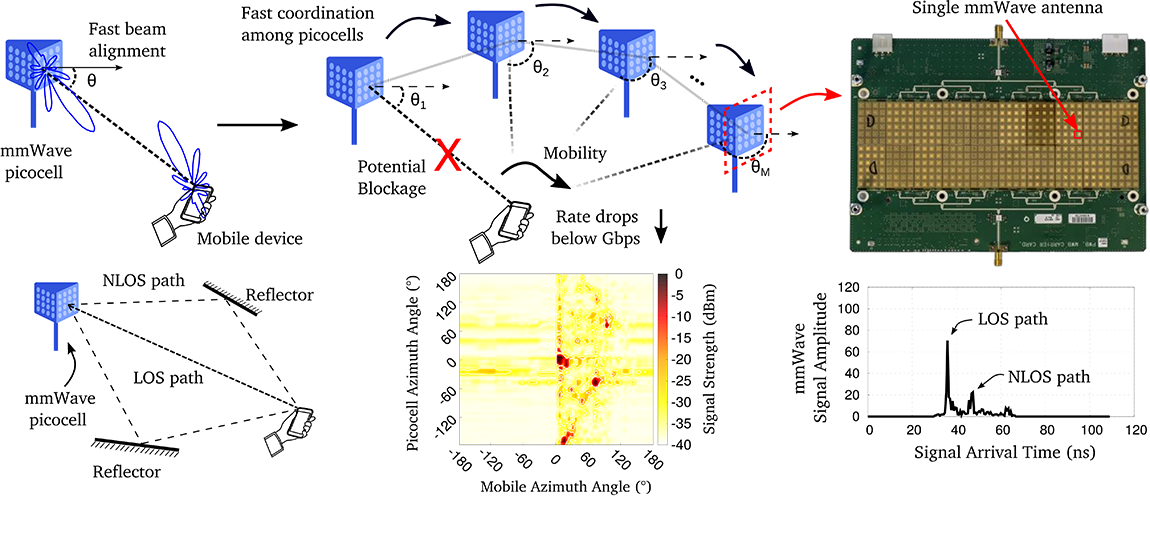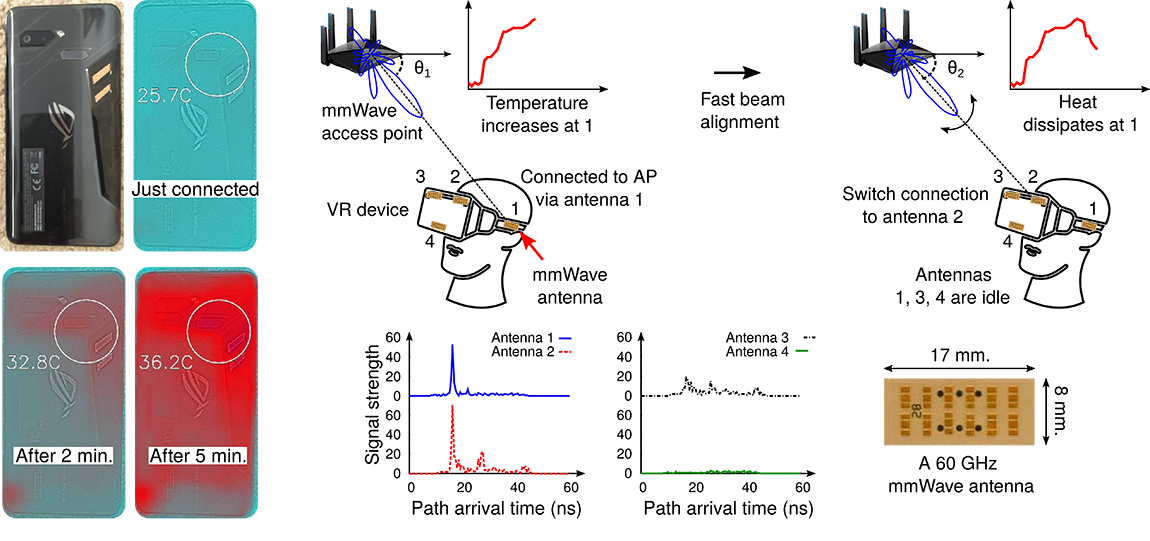NextG Wireless Networks
Reliable Deployment
Millimeter-wave (mmWave) networks, the core technology of 5G-and-beyond, offer substantially higher data rates than traditional wireless networks, but the communications are limited to Line-Of-Sight (LOS) and very few reflection paths. So, the network relies on short-range base-stations called “picocells.” Since the paths are prone to obstructions and specular reflections, networks require careful picocell placement. Furthermore, picocells must be densely deployed to compensate for their short-range, and often demand unintuitive placement locations to maximize their effectiveness. Because of the placement density and accuracy requirements, thorough site surveys are often time consuming and expensive. To this end, we have proposed, designed, and validated a low-cost, visual data and deep learning based approaches to predict the mmWave reflections profiles indoors and outdoors, which, in turn, maximize the capacity of the networks by identifying optimal picocell placements. My team is continuing this work to design scalable and real-time systems that can facilitate fast deployment of the NextG network architecture.
Projects:
[Argus]
Articles:
Supported by:
Resilient and Robust Networking
Resilient and robust mmWave connectivity requires coordination among multiple neighboring picocells, but it is challenging to ensure a tight upper bound on coordination latency and that neighbors have at least one communication path. High directionality and sensitivity to blockages and mobility also render state-of-the-art mmWave technologies unsuitable for high performance and reliable connectivity. The fundamental issue lies in the poor interaction between the signal processing, network models, and RF design, that deal with the different layers of mmWave stack. In our current efforts, we are investigating software-hardware reconfigurable systems that cut across the stack for ultra-reliable mmWave protocol design. In addition, we are conducting research in the very high-frequency D-band mmWave to enable our vision of a future network architecture: Extremely high density of inexpensive picocells, each with thousands of beam directions, deployed on indoor and outdoor structures and operating on hundreds of frequency bands.
Articles:
Supported by:






